Explore the Gaddi Tribe of Himachal Pradesh with Trekking Cougars
The Gaddis are an indigenous pastoralist people group in India’s Himachal Pradesh state. The regions of Chamba, Kangra, and Mandi are where you’re most likely to come across them. The Gaddis are semi-nomadic people who make their living primarily from sheep and goat farming.
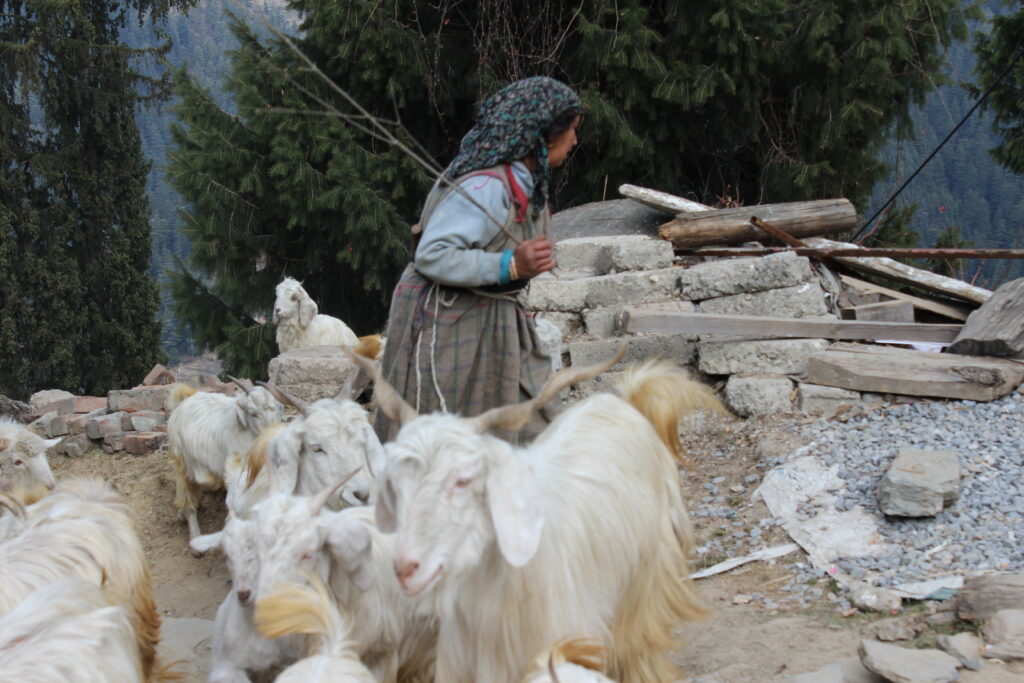
The Gaddis traditionally move to higher altitudes in the Himalayas during the summer and then back down during the winter. Their flocks are their primary source of income, and they rely on them as they make the perilous journey through the mountains each year.
The Gaddis have their own distinct customs and culture. They have their own language, music, dance, and myths that set them apart. A turban, shirt, coat and baggy wool trousers make up their typical outfit. The women all dress brightly and accessorise with silver. The Gaddi culture is steeped in tradition and has a long and storied past. They practise a syncretic religion that combines Hinduism, Buddhism, and their own indigenous beliefs. The Gaddi people are known for their warm hospitality and strong sense of community and social harmony.
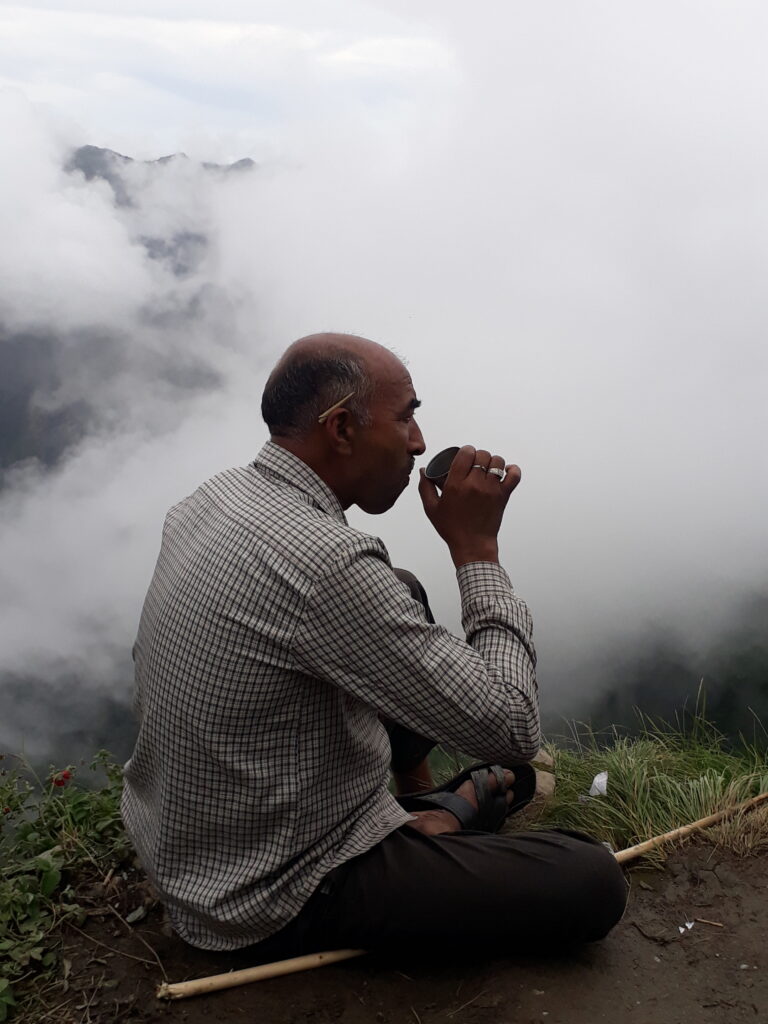
Recent changes in land use, environmental degradation, and socioeconomic pressures have made it difficult for the Gaddis to continue living in their traditional manner. However, the Gaddis never stop working to protect their history and traditions and keep in touch with nature. The Gaddi people are expert animal farmers, focusing primarily on sheep and goats. They produce high-quality wool used in making warm garments and blankets. The Gaddis also cultivate land and harvest cereals like wheat, maize, and rice.
Festivals play an important role in Gaddi culture and are celebrated throughout the year. The “Gaddi Swang” festival, which takes place in August and celebrates the beginning of the migration to the high altitudes, is one of the most important. The Gaddis worship their gods and celebrate their culture by singing and dancing to traditional music.
They have a long history of storytelling and music that celebrates the natural world. They have a thorough comprehension of the regional ecology and have created methods of making responsible use of the available natural resources. They have also been instrumental in protecting the Himalayas’ native flora and fauna. They have had to contend with shifting demographics, shifting climate patterns, and the erosion of traditional knowledge in recent decades. They have, however, found new ways to maintain their culture. The Gaddi people’s ability to persevere and find creative solutions to problems is a reflection of their rich history and heritage.
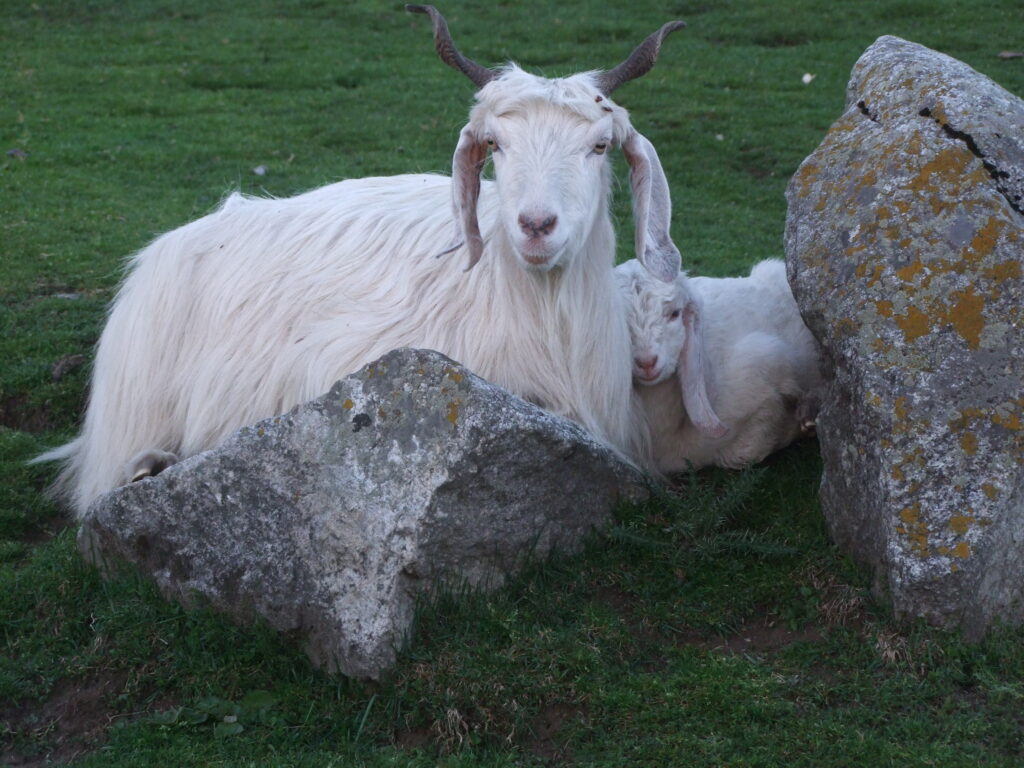
The Gaddi tribe is also well-known for their intricate embroidery, weaving, and basketry. Natural materials such as wool, hemp, and bamboo are used to create a variety of products such as shawls, bags, and baskets. They, in recent years, become more open to Western education and technology while still preserving their traditional values. There are a number of government programmes and non-profits dedicated to improving the lives of Gaddis.
Tourists visiting the Himachal Pradesh region can also learn about the culture and way of life of the Gaddi tribe by trekking with them during their summer migration. This is a once-in-a-lifetime opportunity to witness the breathtaking natural beauty of the Himalayas while learning about Gaddi customs and traditions.
They play a significant role in the history, religion, and ecology of the Himachal Pradesh area. Their distinct way of life, traditional knowledge, and cultural heritage have all made significant contributions to the region’s rich cultural diversity. Despite the challenges they face, the Gaddi community’s resilience and resourcefulness continue to inspire and contribute to the long-term development of their community.
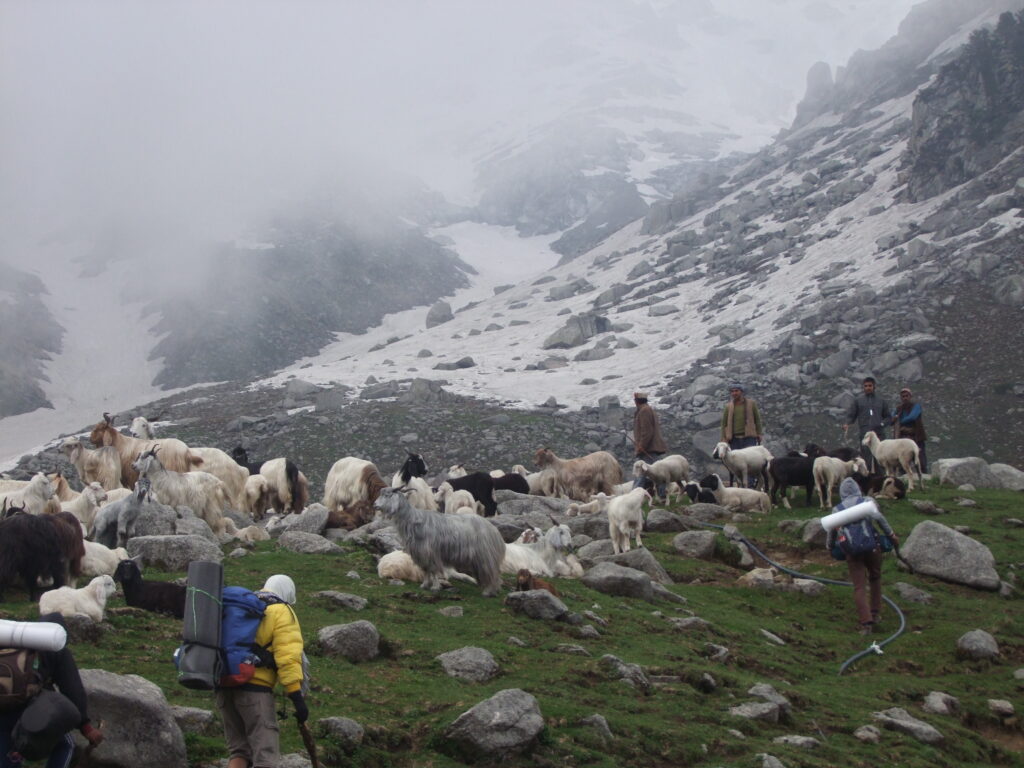
It’s also worth noting that the Gaddi tribe has contributed significantly to the region’s cuisine. Their traditional dishes reflect their semi-nomadic lifestyle and include ingredients such as herbs, spices, and dairy products sourced locally.
“Siddu,” a type of steamed bread made from wheat flour, yeast, and milk, is one of the most popular Gaddi dishes. Another popular dish is “madra,” which is made of chickpeas, yogurt, and spices and is typically served with rice.
The Gaddi tribe’s knowledge of the region’s flora and fauna has also aided in the development of herbal medicine. They treat common ailments like colds and fevers with herbs like ginger, garlic, and turmeric.
Overall, the Gaddi tribe’s distinct culture and heritage are an important component of the region’s identity. Their traditional knowledge and practises have aided in the conservation of the region’s ecosystems and the sustainable use of natural resources. As a result, policymakers and stakeholders in the region should continue to prioritise efforts to support and promote the Gaddi community’s welfare and development.
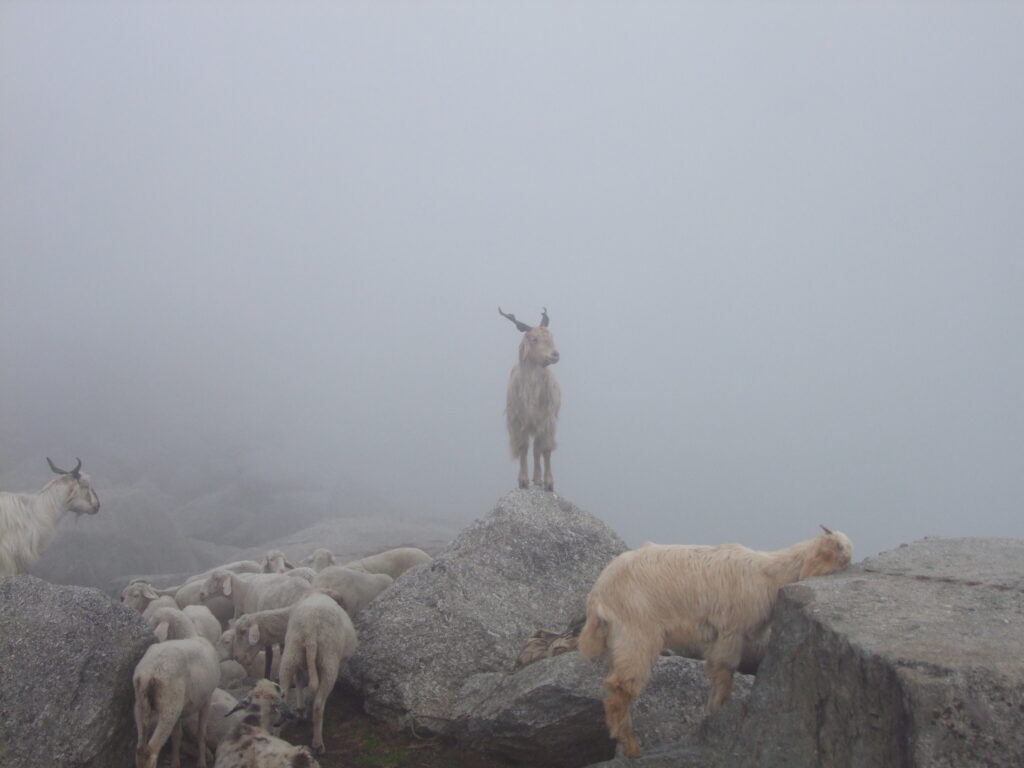
The Gaddi tribe’s way of life has faced several challenges in recent years as a result of factors such as climate change, modernization, and globalisation. Traditional livelihoods such as sheep and goat rearing and agriculture are becoming less profitable, driving many Gaddi youth to seek work in cities.
As a result, efforts are being made to support the development and welfare of the Gaddi community while also preserving their cultural heritage and traditional knowledge. Non-governmental organisations (NGOs) and government initiatives are working to create sustainable livelihood opportunities for the Gaddi tribe by promoting eco-tourism, handicrafts, and organic farming, among other things.
There are also efforts underway to document and preserve the Gaddi language and oral history, both of which are important aspects of their cultural heritage. The Gaddi community’s knowledge of the local flora and fauna is also being documented and used for research purposes, helping to conserve the region’s biodiversity.
Finally, the culture, traditional knowledge, and way of life of the Gaddi tribe are critical components of the Himalayan region’s cultural and ecological landscape. It is critical to ensure the region’s long-term environmental and social sustainability to support the Gaddi community’s sustainable development while preserving their cultural heritage.
To achieve these objectives, the Gaddi community must be involved in decision-making processes that affect their lives and livelihoods. This includes ensuring their participation in local, regional, and national policymaking, planning, and implementation processes.
In addition to promoting the Gaddi community’s long-term development, efforts should be made to educate tourists and the general public about their culture and heritage. This can help to promote cultural diversity and appreciation, as well as generate revenue for the Gaddi community through tourism.
Overall, the Gaddi tribe’s way of life, culture, and traditional knowledge are valuable assets to the sustainable development of the Himalayan region. Their tenacity in the face of adversity, combined with efforts to support their development and preserve their heritage, can ensure a bright future for both the Gaddi community and the region as a whole.
It’s also worth noting that the Gaddi tribe’s knowledge of the local ecosystems can help the region’s ecological conservation efforts significantly. They have a thorough understanding of the region’s flora and fauna, as well as how to manage natural resources in a sustainable manner.
Their traditional practices, such as rotational grazing and agroforestry, have helped to preserve biodiversity and soil fertility in the region. As a result, incorporating the Gaddi tribe’s traditional knowledge into modern conservation practises can help to ensure the region’s natural resources’ long-term sustainability.
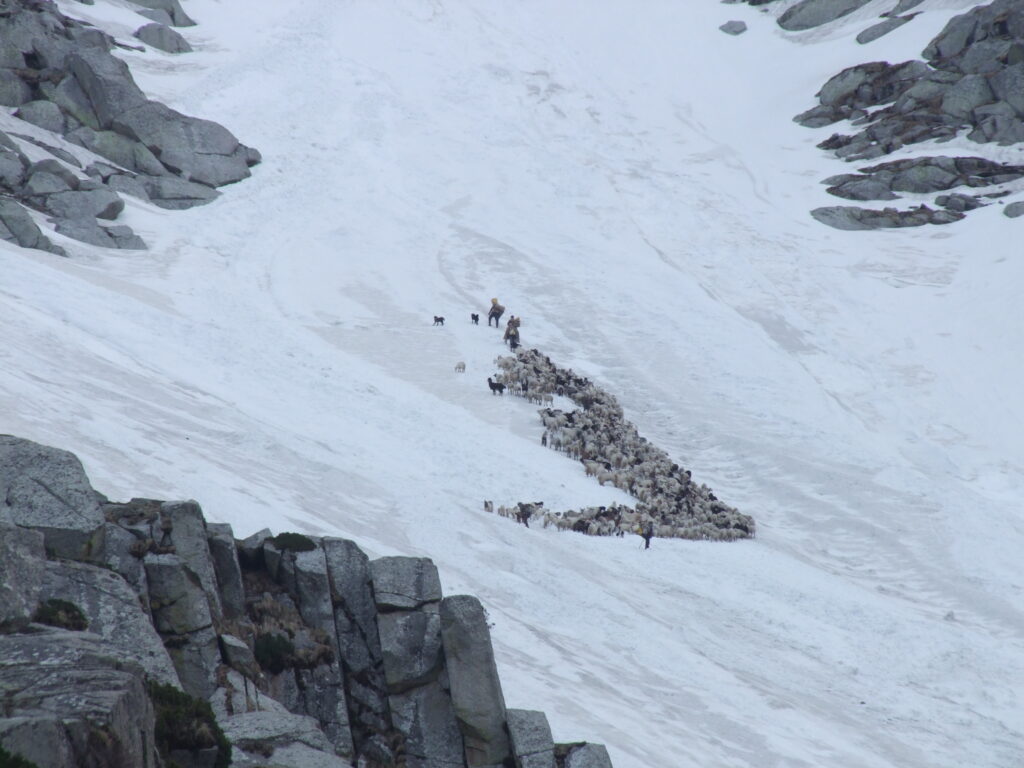
Furthermore, the cultural practises and rituals of the Gaddi tribe are inextricably linked to the natural world. They have a sacred grove known as “dev bhoomi,” for example, which is a protected area for the deities and the natural environment. These cultural practises have the potential to play an important role in raising environmental awareness and conservation.
Finally, the Gaddi tribe’s cultural heritage, traditional knowledge, and way of life are essential components of the social, cultural, and ecological landscape of the Himalayan region. Efforts to support their long-term development, preserve their cultural heritage, and incorporate their traditional knowledge into modern conservation practises can all make a significant difference in the region’s long-term environmental and social sustainability.





